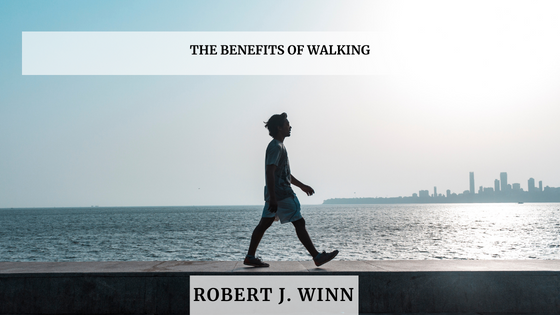Getting enough exercise is a great way to improve your health and maintain a healthy lifestyle. It can help lower body fat, strengthen bones, and boost endurance. For just 30 minutes a day, walking can help improve your cardiovascular fitness.
Getting enough exercise can also help lower your risk of various chronic conditions such as diabetes and heart disease. Unlike other types of exercise, walking isn’t required to be done in a lively manner. It can be done in a variety of ways and can be done for a short time.
Unlike other forms of exercise, walking doesn’t require a lot of equipment and can be performed at any time of the day. It’s also a great way to improve the health of people who are overweight or have been inactive for a long time.
Walk for 30 Minutes Daily
For people who are already at a healthy weight, try to walk for 30 minutes at least three times a week. This will help you get the health benefits of exercise without the risk of injury. However, you should consult a doctor before starting a new exercise program if you are suffering from a medical condition.
If you cannot walk for 30 minutes at a time, try to do small, frequent bouts. This will help build up to longer exercise sessions.
To lose weight, you need to do at least 30 minutes of physical activity a day. This can be achieved through small, frequent, and progressively increasing exercises you do throughout the day. Incorporating physical activity into your daily lifestyle can help you lose weight and keep it off.
Put Walking into Your Routine
To make walking a regular habit, try to do it simultaneously every day. Doing so will help you use the same energy level regardless of the time of day. Some people find it easier to keep a record of their activity, while others encourage others to join them.
Wear a Pedometer
A pedometer is a device that lets you measure your daily movement and compare it with the recommended amount. It can also motivate you to reach your health goals. The daily recommended amount of steps is 10,000.
Find Your Intensity
Although running or walking a kilometer may seem like a more energy-efficient exercise, walking a long distance takes longer than other activities. To help you burn more energy, try to set a specific distance each day. As your fitness level improves, you can walk a longer distance.
The key to walking fast is maintaining a steady pace, which will help you burn more calories. This means you should only push yourself once you’re already exhausted. A healthy heart rate helps keep you satisfied and motivated to keep moving.
Warming Up and Cooling Down
To warm up, start with a slow walk to allow your muscles to warm up before moving up to a more vigorous exercise. Spend about 20 seconds stretching your legs, especially the calves and back thighs. Do this gently and avoid overstretching, as this can cause microscopic tears.
When exercising, it’s important to avoid dressing too warm. Doing so can cause your body temperature to rise and make you uncomfortable.

